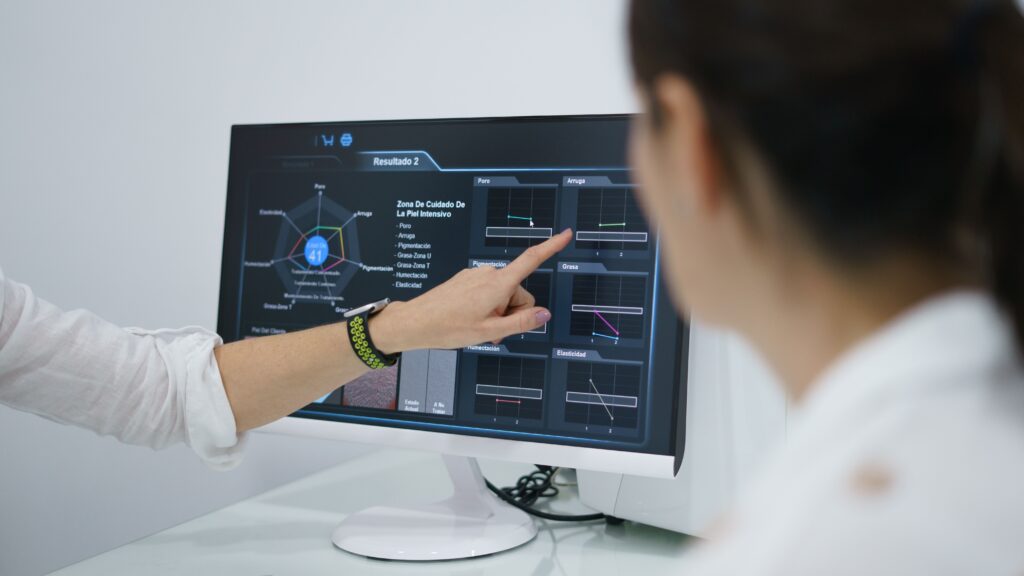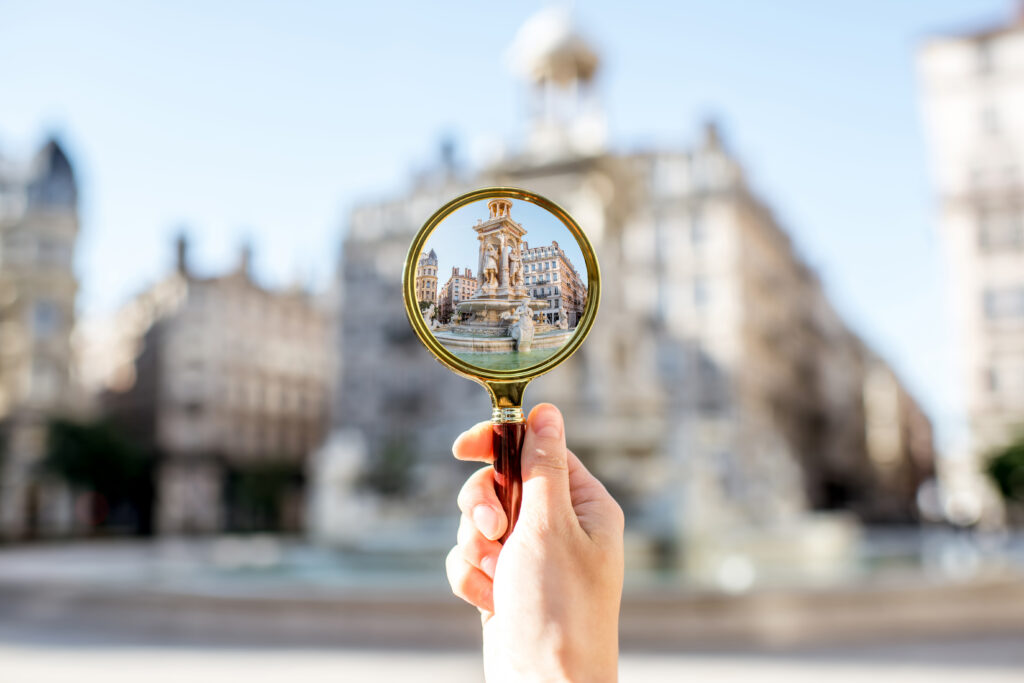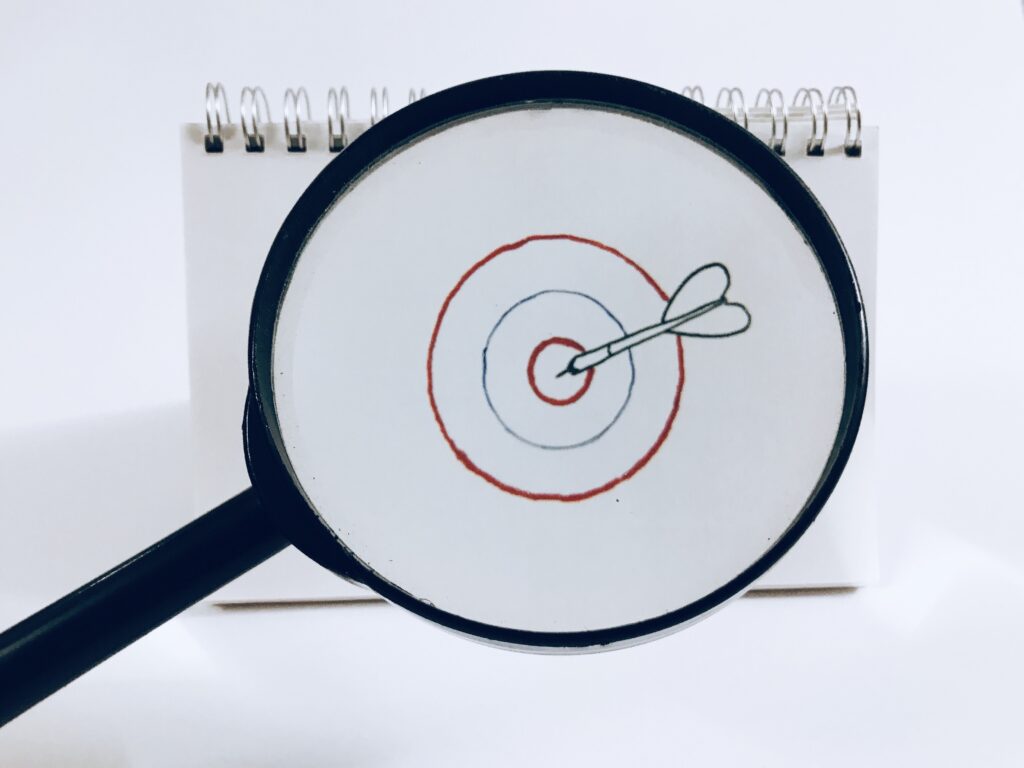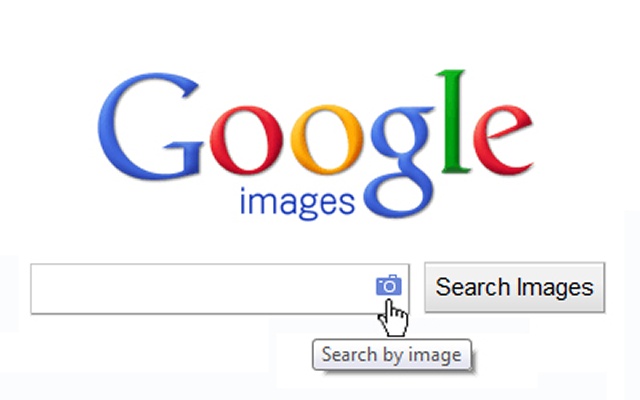




In today's digital age, misinformation spreads like wildfire, making it crucial to verify the authenticity of the content we encounter online. One powerful tool at your disposal is reverse image search. This technique allows you to trace the origin of an image, check its authenticity, and uncover its context. Let's dive into how you can use reverse image search to enhance your media literacy and fight misinformation.
Reverse image search is a process where you use an image as the query instead of text. By uploading an image or pasting its URL into a search engine, you can find where the image has appeared online, discover similar images, and gather information about its origin.
With the rise of user-generated content and sophisticated tools for creating fake images, verifying the authenticity of images is more important than ever. False images can fuel misinformation, influence public opinion, and even incite social conflicts. By learning to verify images, you can protect yourself and others from falling victim to misinformation.

Choose a Reverse Image Search Engine: Popular options include Google Reverse Image Search, Bing, and specialized tools like Forensically and Pimeyes.
Upload the Image or Paste the URL: On the search engine's homepage, click on the image icon next to the search bar. You can either upload the image from your device or paste the URL of the image.
Analyze the Results: The search engine will display where the image has appeared online, similar images, and related information. Look for the original source and context of the image.




In addition to reverse image search engines, several tools can help you verify images:
Our comprehensive fact-checking course covers various verification techniques, including text, video, and audio verification. By enrolling in our course, you'll gain the skills needed to navigate the complex information landscape and combat misinformation effectively.


News Verifier Africa is a fact-checking organisation committed to promoting truth and accuracy across the African continent. We combat misinformation by verifying claims, debunking falsehoods, and upholding journalistic integrity. Our mission is to foster transparency, accountability, and informed decision-making in media.